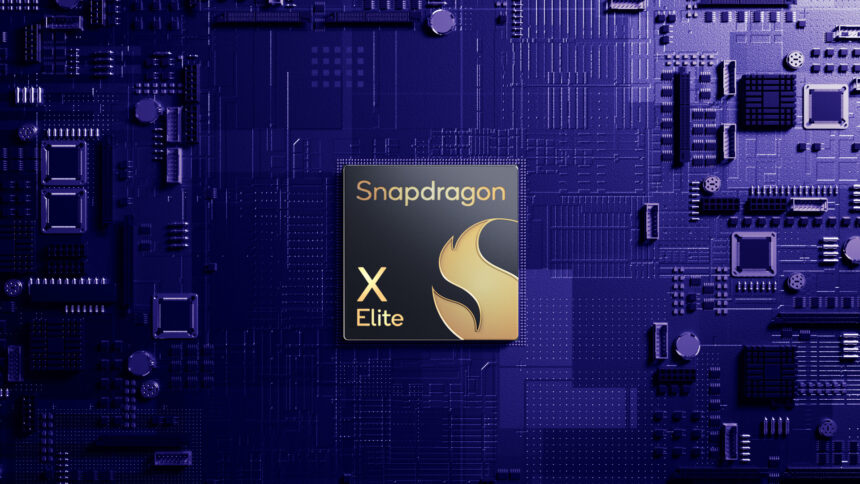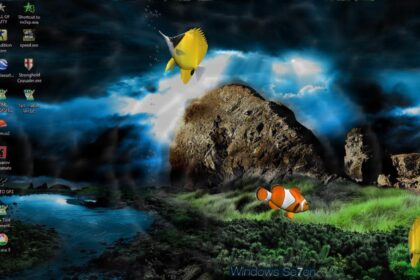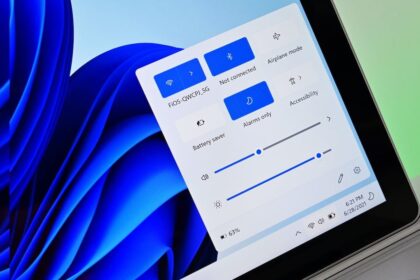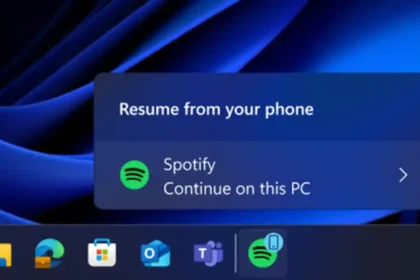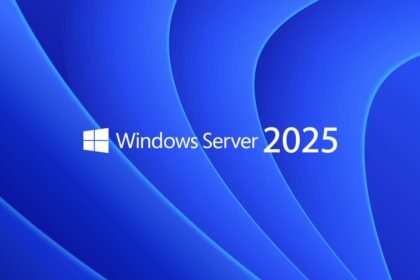Windows on ARM continues to gain traction as a compelling alternative in the computing world, especially as more developers work to ensure their apps run natively and efficiently on these systems. Now, there’s even more reason to be optimistic about its future.
According to a recent report by Windows Latest, Microsoft is expected to significantly improve external monitor support for ARM-based Windows devices—an area that currently has notable limitations.
Adding to the anticipation, Dell has also weighed in, confirming that improvements are indeed on the way, though no specific rollout timeline has been disclosed yet.
These upcoming changes could make ARM-powered Windows devices a much more viable option for productivity-focused users and professionals who rely on multiple displays.
Windows in ARM will improve the support for external monitors very soon
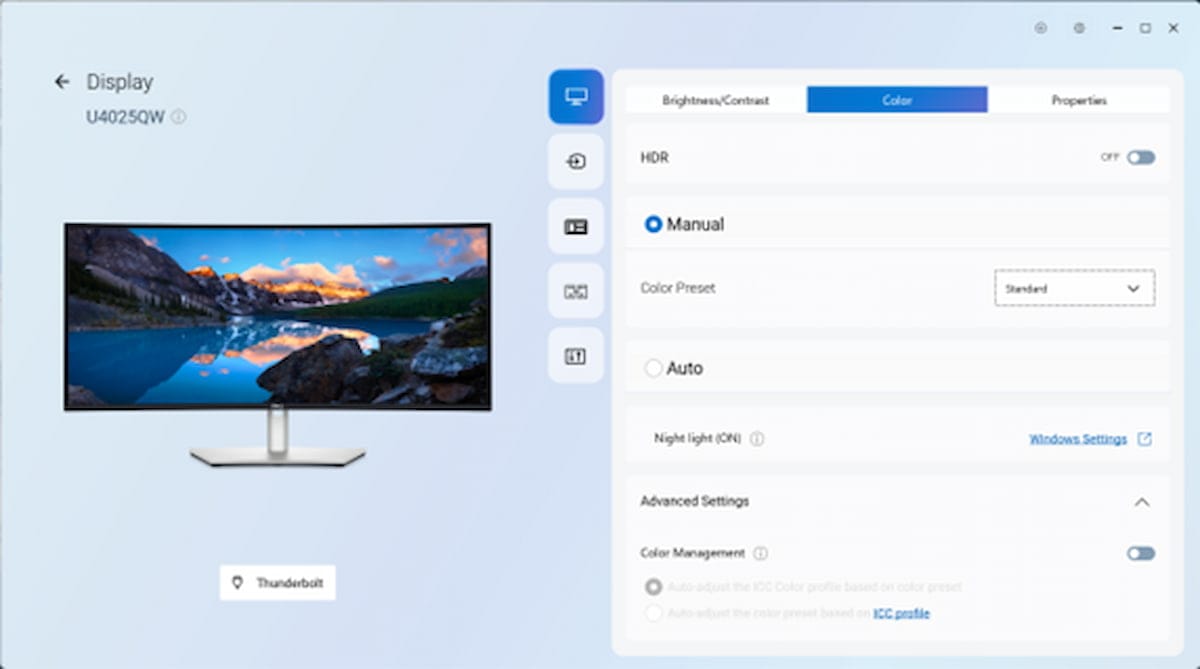
To fully understand this new development, it’s important to look at how it all began, particularly with Dell playing a central role.
Recently, Dell published a support document explaining how to use the Night Light feature on Windows 11 ARM devices. For those unfamiliar, Night Light reduces blue light emitted by your display, making it more comfortable to use your device in the evening or at night, helping to minimize eye strain.
However, there’s a key limitation: Night Light doesn’t work with external monitors on ARM-based systems. This means the feature is currently restricted to the built-in screen of laptops using ARM processors—external displays simply aren’t supported for this function.
Dell has confirmed that this is a hardware limitation tied to Qualcomm’s current ARM-based processors—specifically the Qualcomm Oryon chipset found in devices such as the Inspiron 15 5441, Inspiron 14 Plus 7441, XPS 13 9345, and Latitude 5455, among others.
Fortunately, this issue might not last much longer. Dell has hinted that the situation could change with the release of Qualcomm’s next-generation Snapdragon chips, which many expect to be called Snapdragon X Elite 2. These new processors are anticipated to offer major performance gains and possibly eliminate current hardware bottlenecks, including improved support for external monitors and Night Light functionality.
For now, there’s no workaround if you rely on Night Light with an external screen. Dell notes that some third-party apps may offer a similar experience, but they’re far from ideal and not officially supported.
The good news? The next wave of ARM-based Windows laptops is shaping up to offer far better external display support, a welcome improvement for those seeking a seamless multi-monitor setup.

